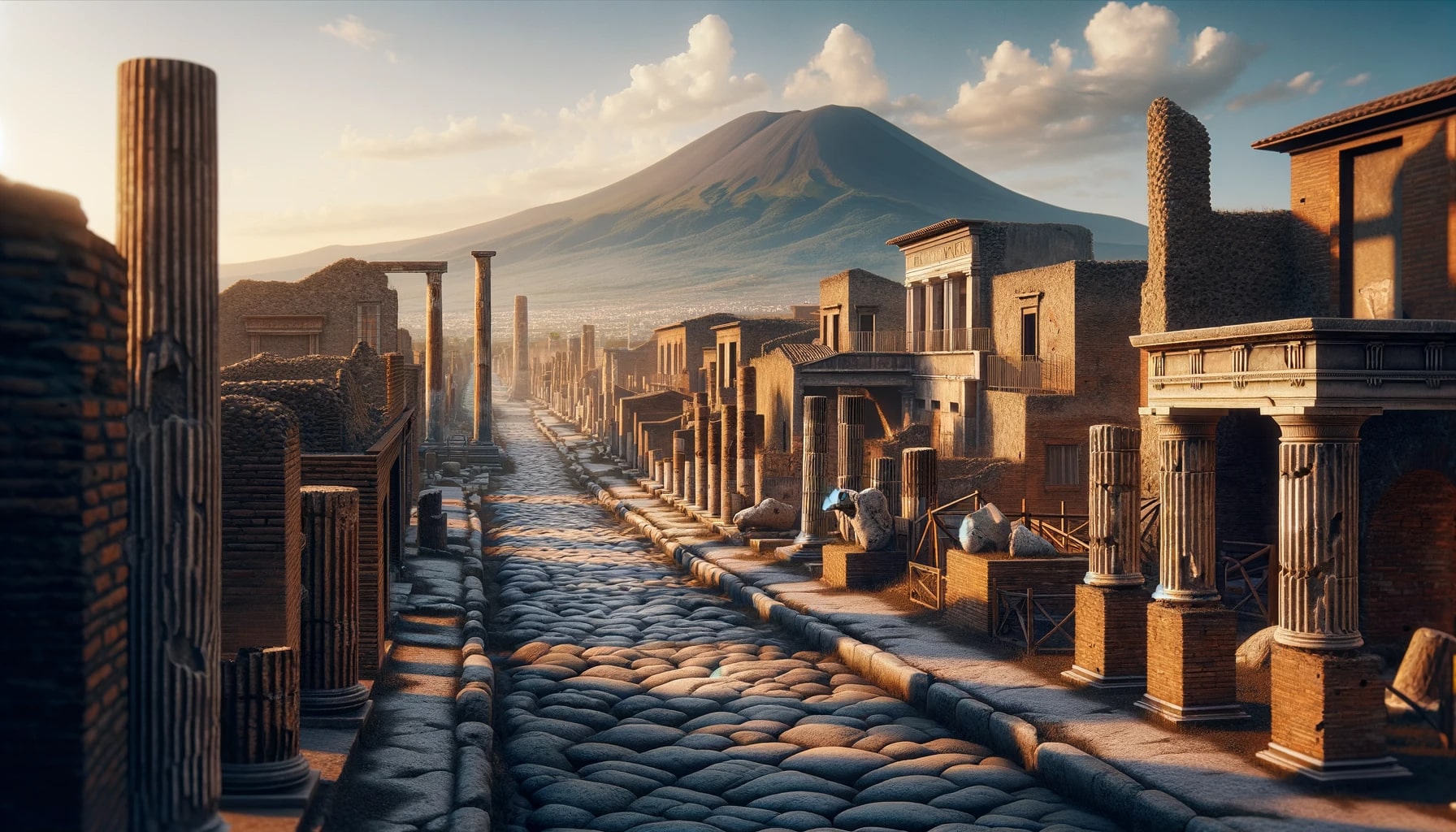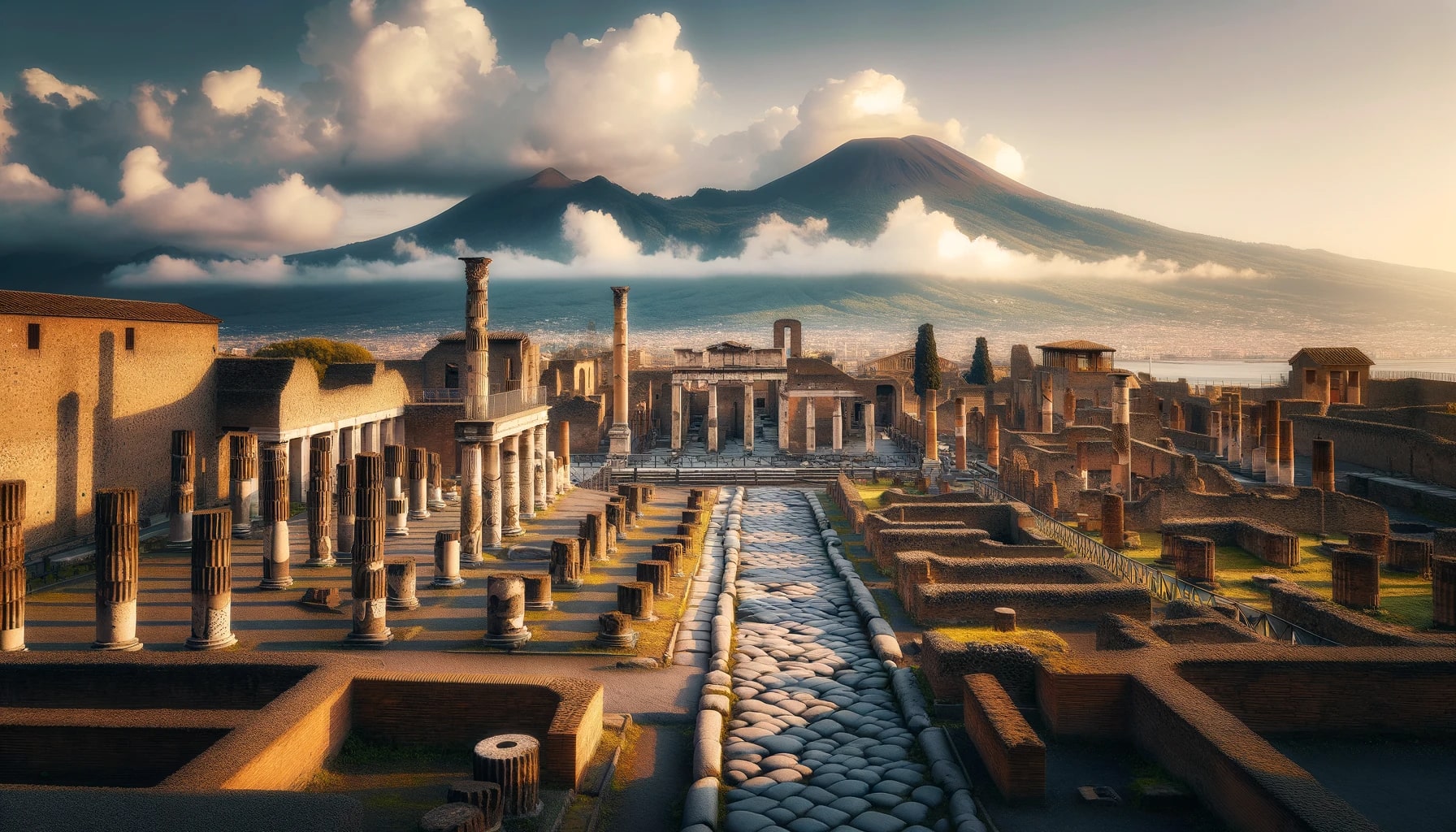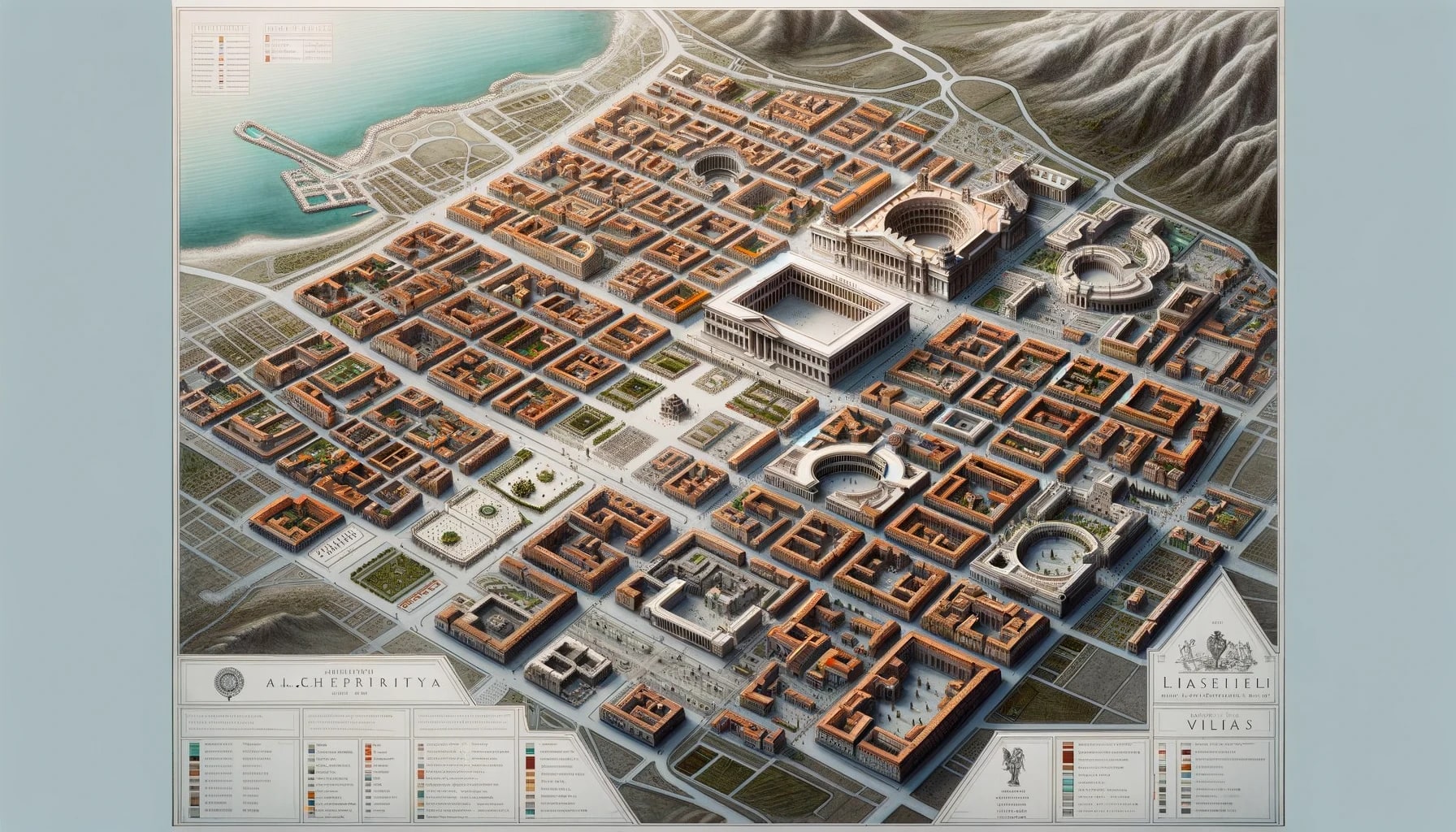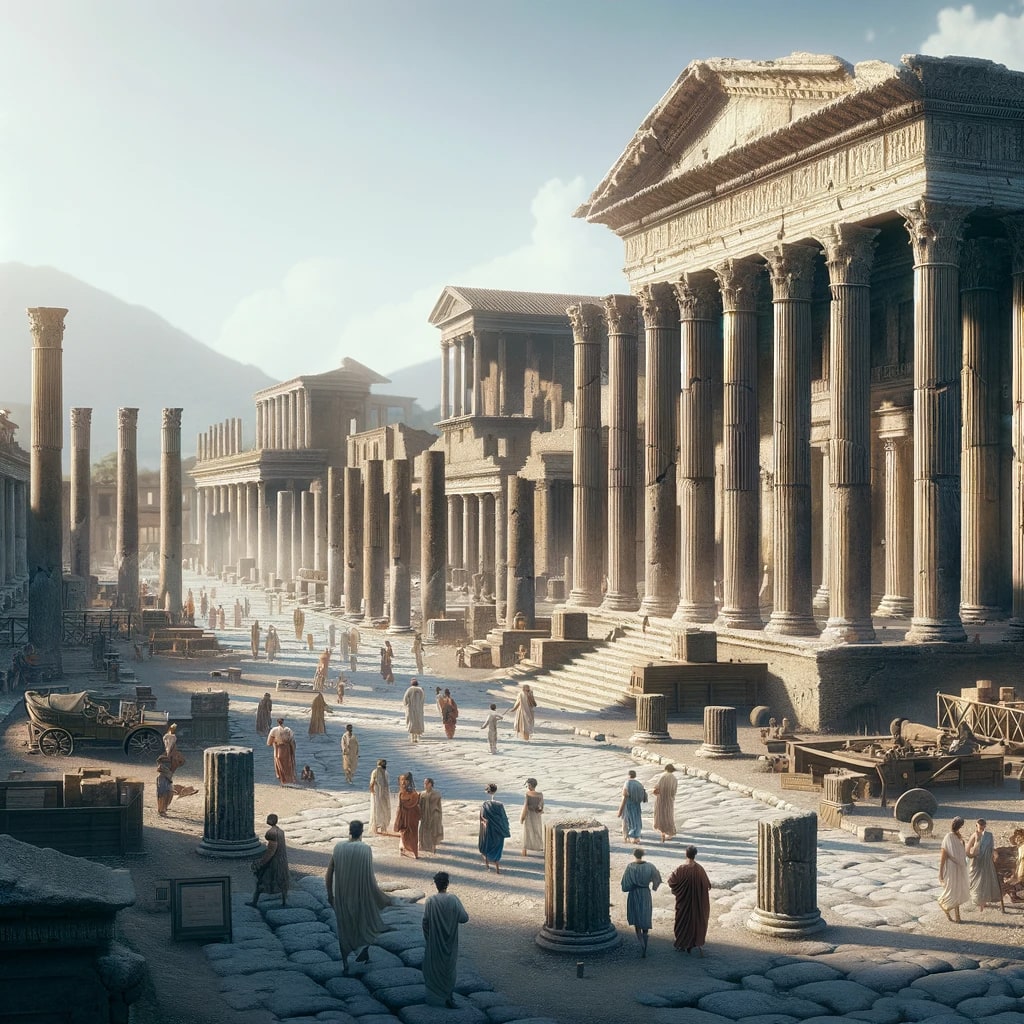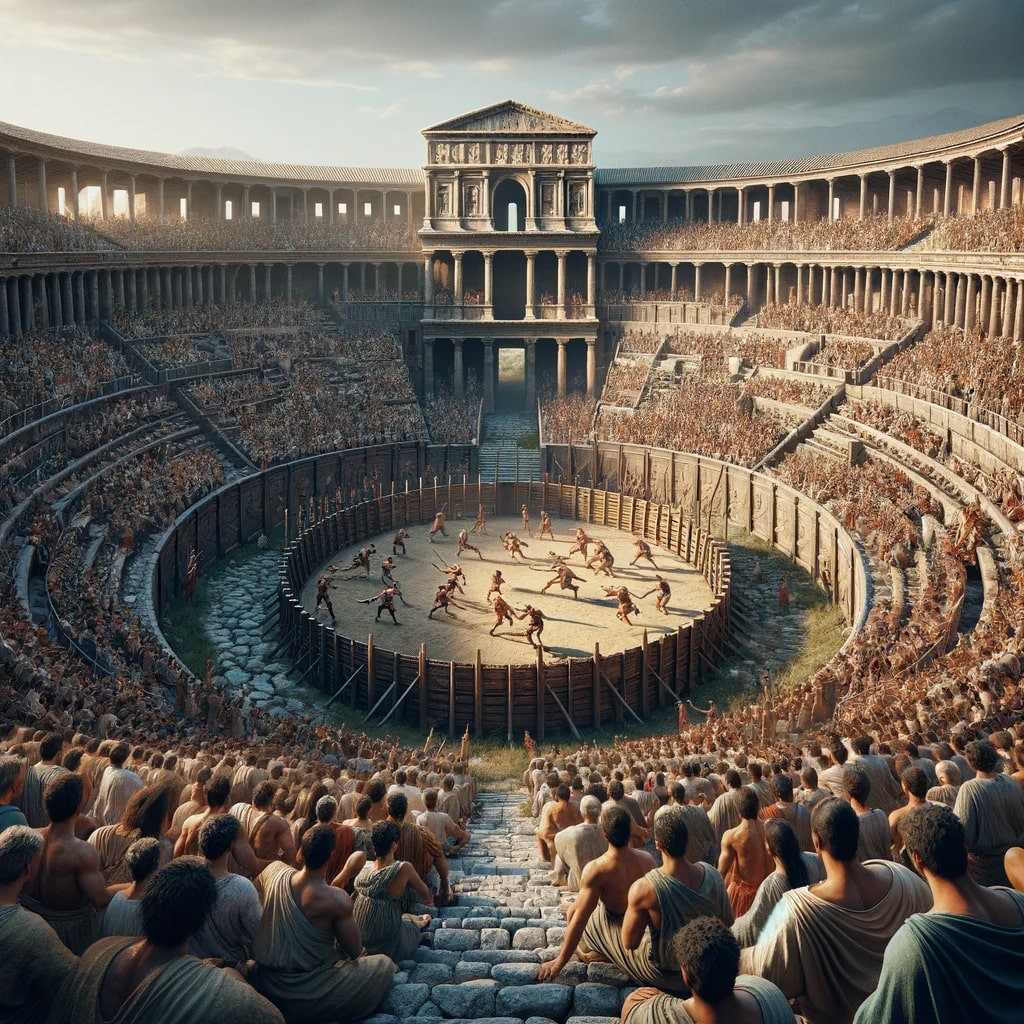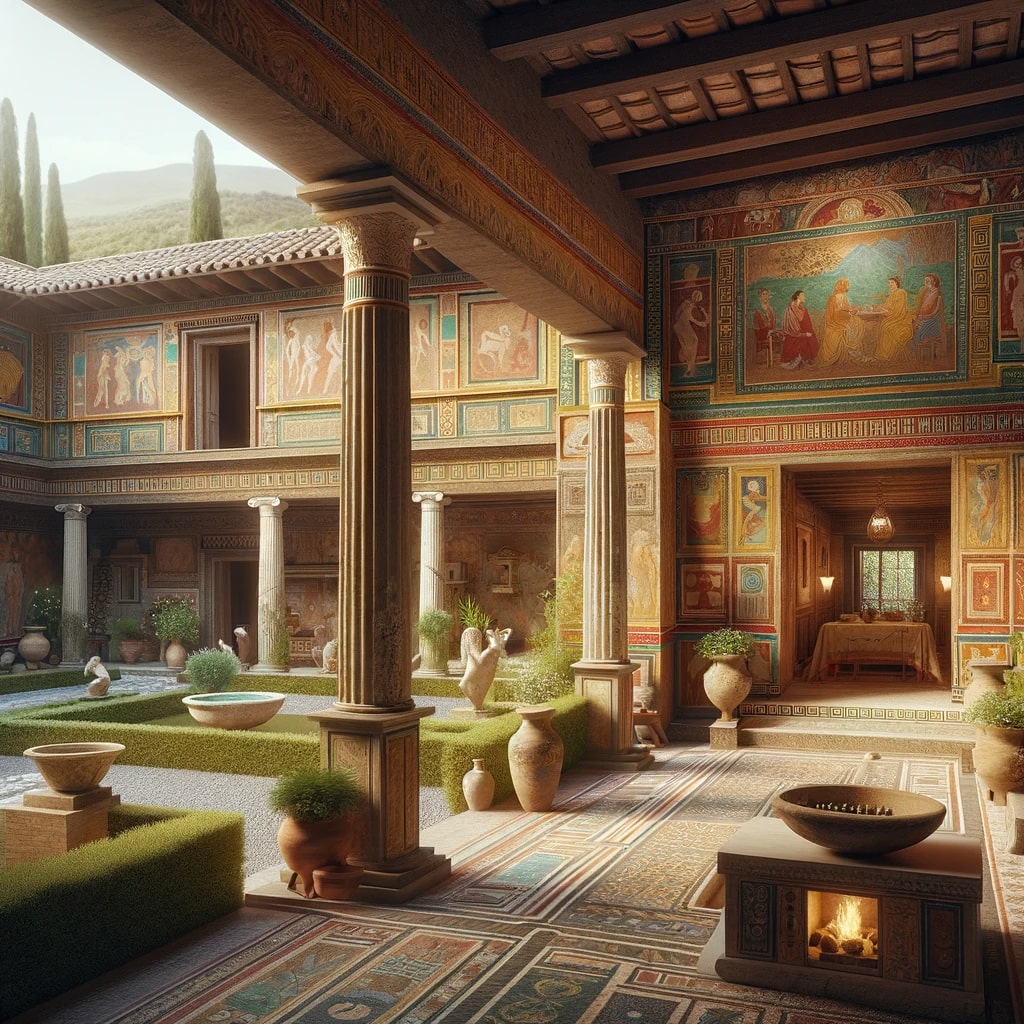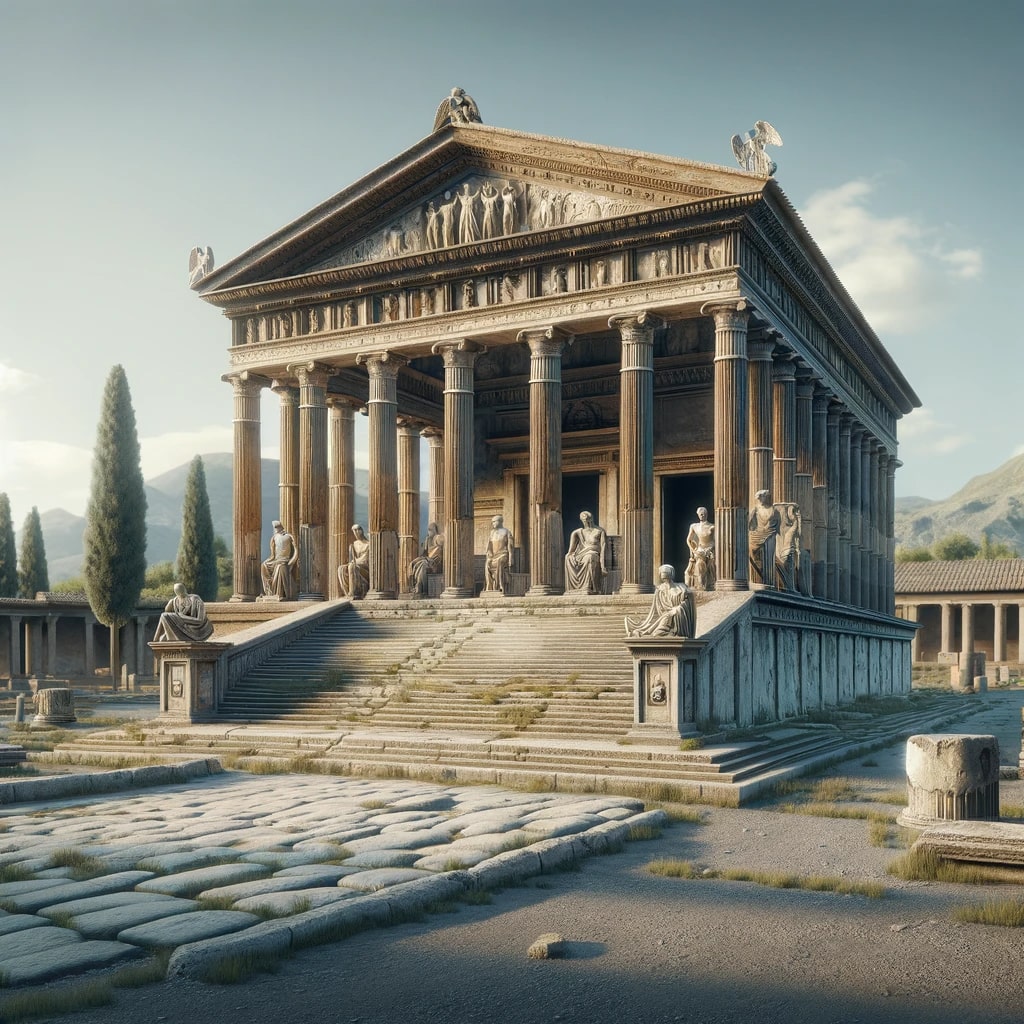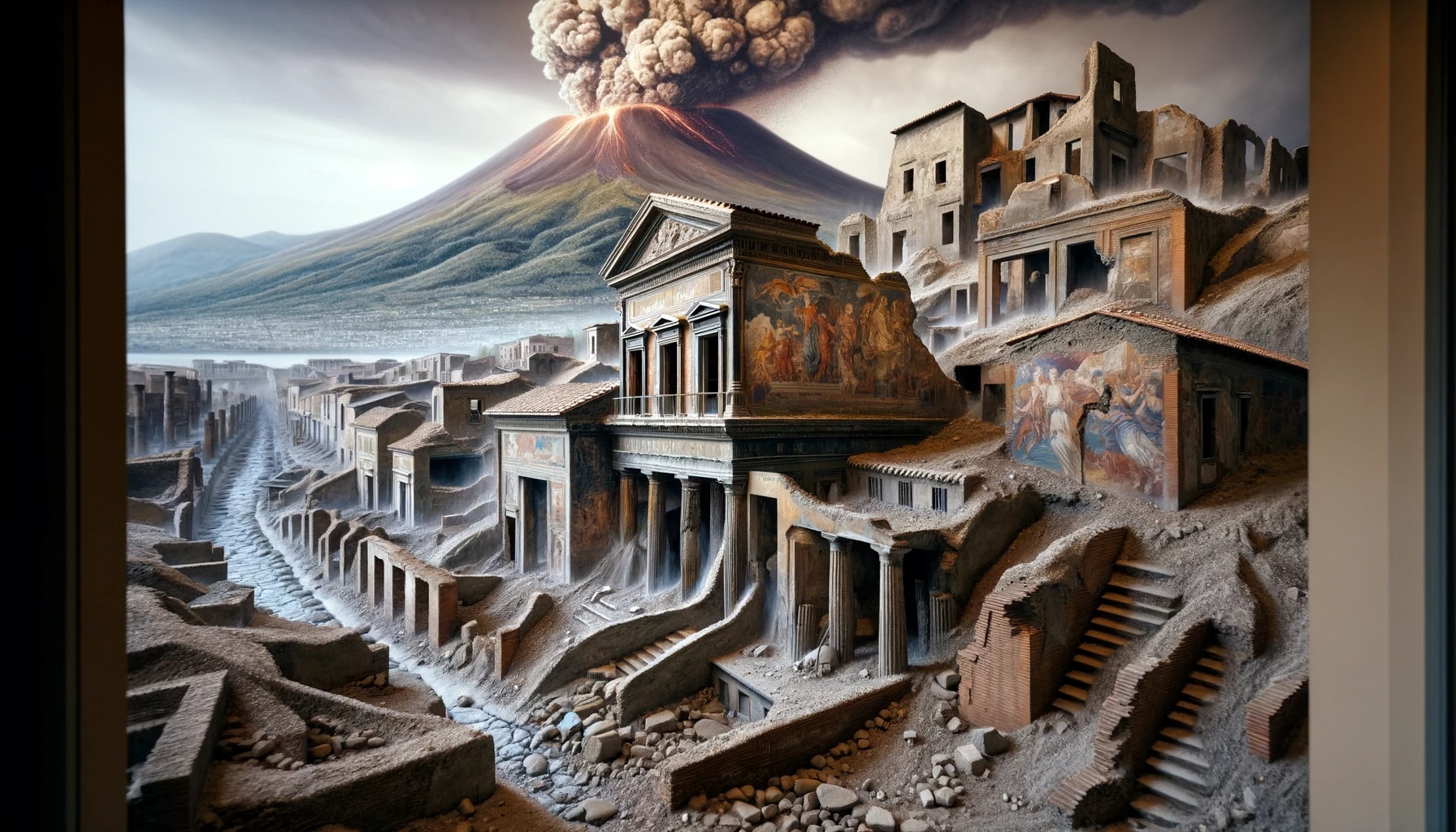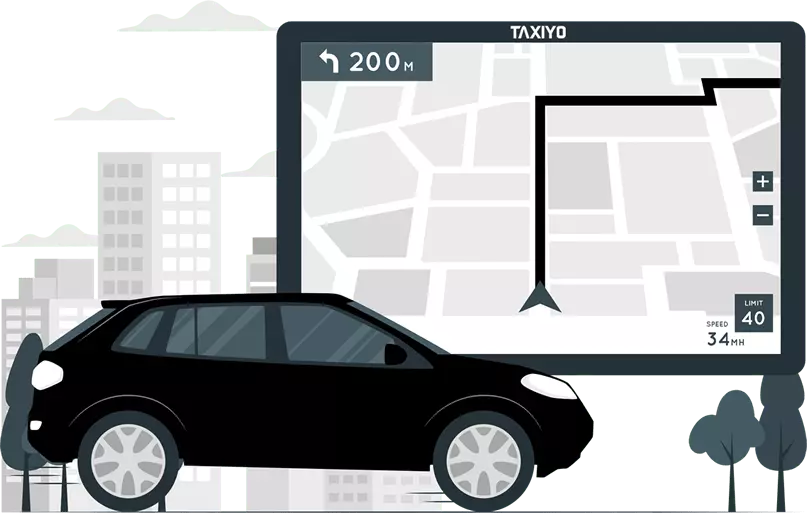Pompei Taxis
Private Taxis, Hourly Limos, VAN Hire with Driver around Pompei
Booking a taxi via Taxiyo to or from Pompeii offers a convenient and reliable way to explore this historic city. With a simple online reservation process, travelers can secure a comfortable and private ride, ensuring a stress-free journey to their destination.
Whether arriving from the airport or traveling from nearby locales, Taxiyo provides a range of vehicle options to suit individual needs and preferences. Professional drivers, knowledgeable about the area, enhance the experience by offering timely and safe transportation. Taxiyo's service is an excellent choice for those seeking a seamless travel experience to or from the captivating ruins of Pompeii.
Modern Pompei City
Modern Pompei, distinct from the ancient ruins of Pompeii, is a vibrant Italian city that has grown in the shadow of the historic site.
With Mount Vesuvius still looming in the background, it serves as a gateway for the thousands of tourists who come to explore the ancient ruins each year. Despite its ancient namesake, modern Pompei is a lively community with a distinct local culture, offering a blend of traditional Italian life and contemporary amenities. The city boasts a range of hotels, restaurants, and shops catering to visitors and locals alike. The Shrine of the Virgin of the Rosary of Pompei is a notable religious site, attracting pilgrims from around the world. Modern Pompei is not just a tourist stop but a living city with its own story, where the past and present coexist, and the legacy of its ancient counterpart continues to shape its identity and draw visitors to its heart.
Your Comprehensive Guide to Transportation Options for Pompeii
Transportation to Pompeii is well-facilitated, offering visitors various options to reach this ancient city steeped in history. Public buses and taxis are among the most popular and convenient means for tourists and locals alike.
Bus Services: Public buses are a cost-effective and efficient way to travel to Pompeii. Several bus lines operate from major nearby cities like Naples and Salerno, dropping passengers off close to the archaeological site's entrance. These buses often provide scenic routes, allowing passengers to absorb the beautiful Italian landscape en route to Pompeii. SITA, EAV, and CSTP are the main bus companies operating these routes, with schedules and fares readily available online or at local stations. The comfort and affordability of buses make them a popular choice, especially for those traveling in groups or seeking a more local experience.
Public Taxis: Taxis offer a more private and direct route to Pompeii. They are readily available from airports, train stations, and city centers. While more expensive than buses, taxis provide a faster, door-to-door service, which can be particularly appealing after a long flight or for those with limited time. Many taxi drivers in the area are accustomed to tourists and can provide valuable local insights and suggestions, making the journey to Pompeii not just a trip but an experience. It's advisable to agree on the fare beforehand or ensure the meter is running to avoid surprises.
Where to Stay in Pompei City: Accommodations for Every Budget
Pompei and its surrounding areas offer a range of accommodations to fit every budget and preference. For a convenient and immersive experience, stay in Pompeii or the nearby modern city of Pompei. Here, you'll find everything from luxury hotels to budget-friendly guesthouses and B&Bs, many within walking distance of the archaeological site. If you're looking for a more vibrant nightlife or a broader range of dining options, consider staying in Naples or Sorrento, which are just a short train ride away. No matter where you choose to stay, booking in advance is recommended, especially during peak seasons, to secure the best rates and availability. With these essential travel tips in mind, you're well on your way to a well-planned and memorable visit to the remarkable ruins of Pompeii.
